- Effectiveness of Commercial and Homemade Washing Agents in Removing Pesticide Residues on and in Apples
- Removal of pesticide residues from fresh produce is important to reduce pesticide exposure to humans. This study investigated the effectiveness of commercial and homemade washing agents in the removal of surface and internalized pesticide residues from apples. Surface-enhanced Raman scattering (SERS) mapping and liquid chromatography tandem mass spectrometry (LC–MS/MS) methods were used to determine the effectiveness of different washing agents in removing pesticide residues. Surface pesticide residues were most effectively removed by sodium bicarbonate (baking soda, NaHCO3) solution when compared to either tap water or Clorox bleach. Using a 10 mg/mL NaHCO3 washing solution, it took 12 and 15 min to completely remove thiabendazole or phosmet surface residues, respectively, following a 24 h exposure to these pesticides, which were applied at a concentration of 125 ng/cm2. LC–MS/MS results showed, however, that 20% of applied thiabendazole and 4.4% of applied phosmet had penetrated into the apples following the 24 h exposure. Thiabendazole, a systemic pesticide, penetrated 4-fold deeper into the apple peel than did phosmet, a non-systemic pesticide, which led to more thiabendazole residues inside the apples, which could not be washed away using the NaHCO3 washing solution. This study gives us the information that the standard postharvest washing method using Clorox bleach solution for 2 min is not an effective means to completely remove pesticide residues on the surface of apples. The NaHCO3 method is more effective in removing surface pesticide residues on apples. In the presence of NaHCO3, thiabendazole and phosmet can degrade, which assists the physical removal force of washing. However, the NaHCO3 method was not completely effective in removing residues that have penetrated into the apple peel. The overall effectiveness of the method to remove all pesticide residues diminished as pesticides penetrated deeper into the fruit. In practical application, washing apples with NaHCO3 solution can reduce pesticides mostly from the surface. Peeling is more effective to remove the penetrated pesticides; however, bioactive compounds in the peels will become lost too.
I was watching <삼시세끼 Light> (Samsi Sekki Light) on tvN recently, and there was a scene that made me laugh out loud.
It was a scene where Cha Seung-won was grilling meat and Yoo Hae-jin was washing vegetables for dinner.
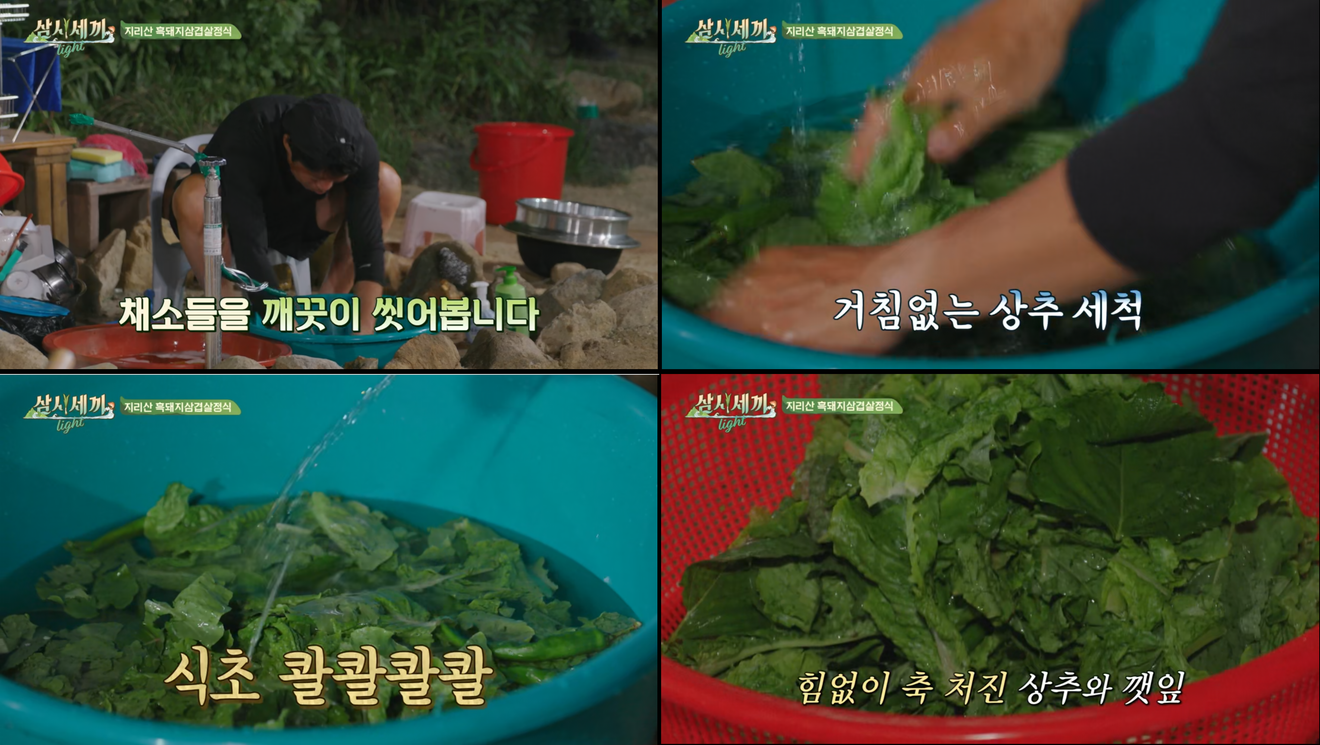
Source: tvN <Three Meals a Day Light> Episode 7
It was the vinegar water washing method!
I often use this method myself, but...
Yoo Hae-jin added way too much vinegar and scrubbed the vegetables excessively,
resulting in the lettuce and perilla leaves becoming completely tattered.
(It was hilarious how he kept eating them to destroy the evidence! 🤣)
I also once soaked perilla leaves in vinegar water for too long and almost threw them away, so watching this scene was both funny and sad.
I often worry about the proper way to wash vegetables and fruits, and I'm not always sure if I'm doing it right.
So I did a lot of research, and...
I'll share with you effective methods for removing pesticide residue from various fruits and vegetables commonly used in everyday life.
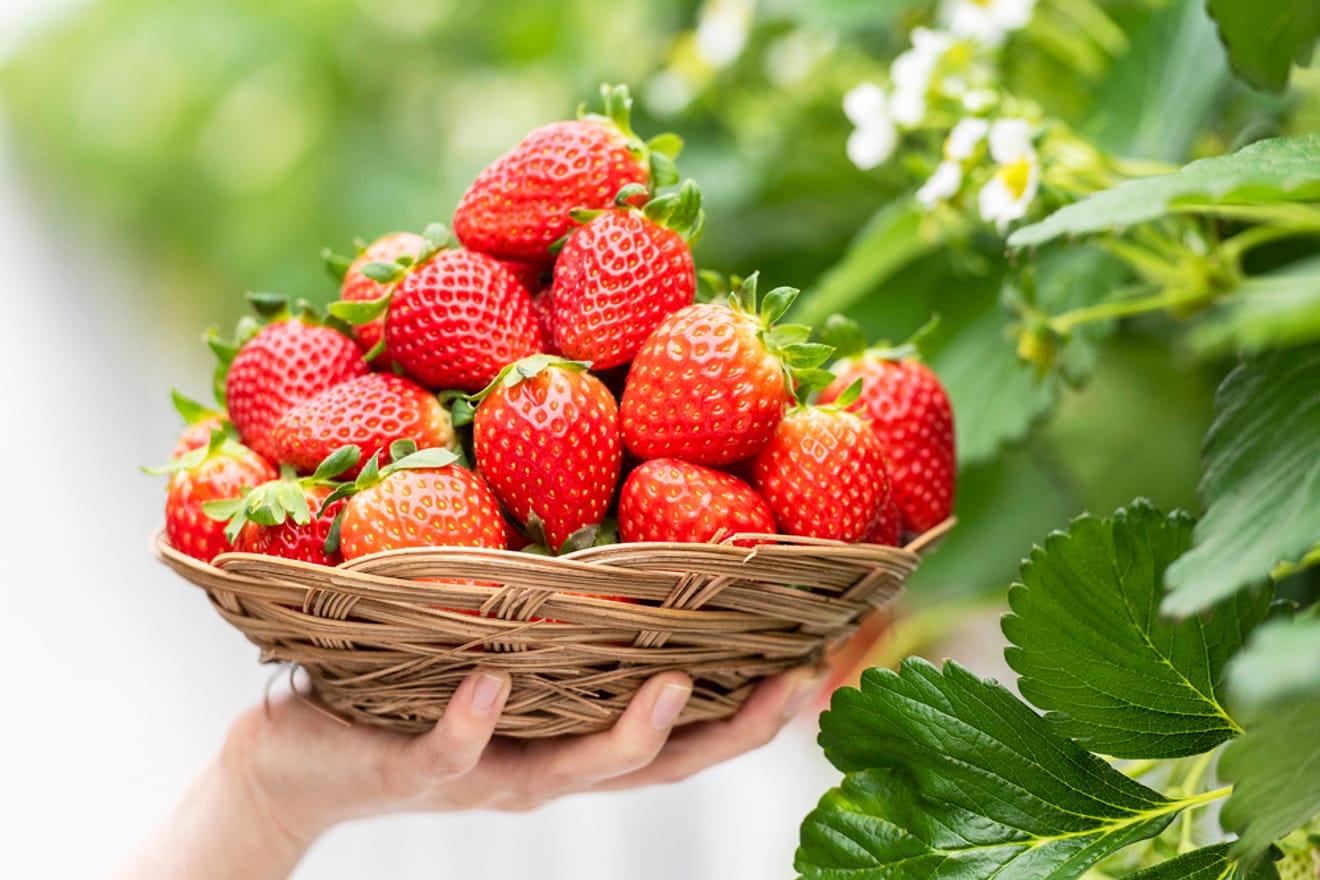
Strawberry Washing Method
Strawberries are high in water content, making them prone to spoilage and mold.
Therefore, mold-preventative pesticides are often used on strawberries.
Soak the strawberries in water for 1 minute, then rinse with running water for about 30 seconds.
Also, pesticides may remain on the stem area, so it is best to remove it with a knife.
The order is to remove the stem by hand, then soak it in water, rinse it, and finally, completely remove the stem area with a knife.
If you cut off the stem first with a knife, water-soluble vitamins may be lost, so it's best to do this last.
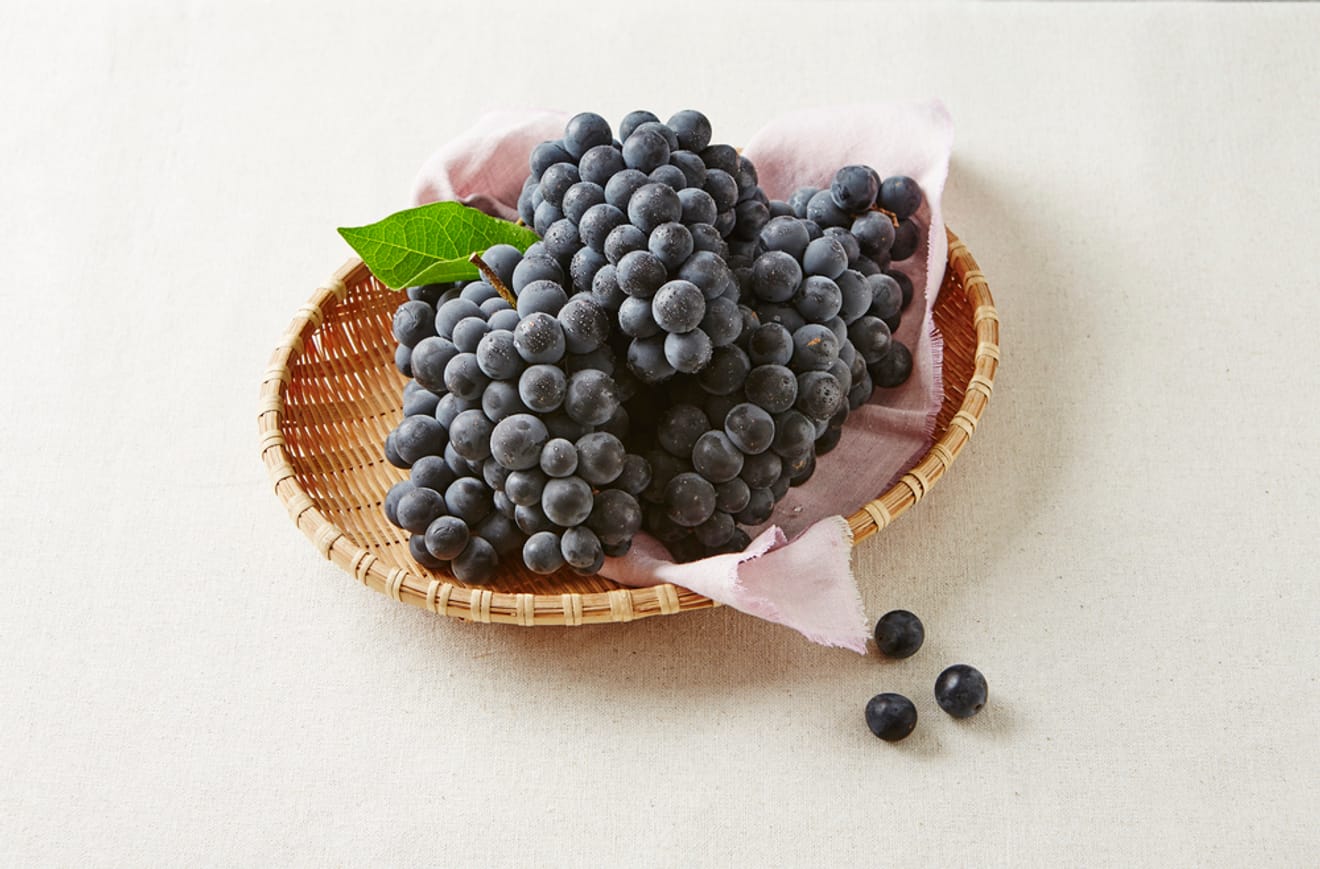
Washing Grapes
It's difficult to wash grapes in bunches, so they are often detached individually.
However, soaking grapes in water for about 1 minute and then rinsing them under running water removes most pesticides.
The white powder on grapes is a natural "bloom" and not pesticide, so don't worry.
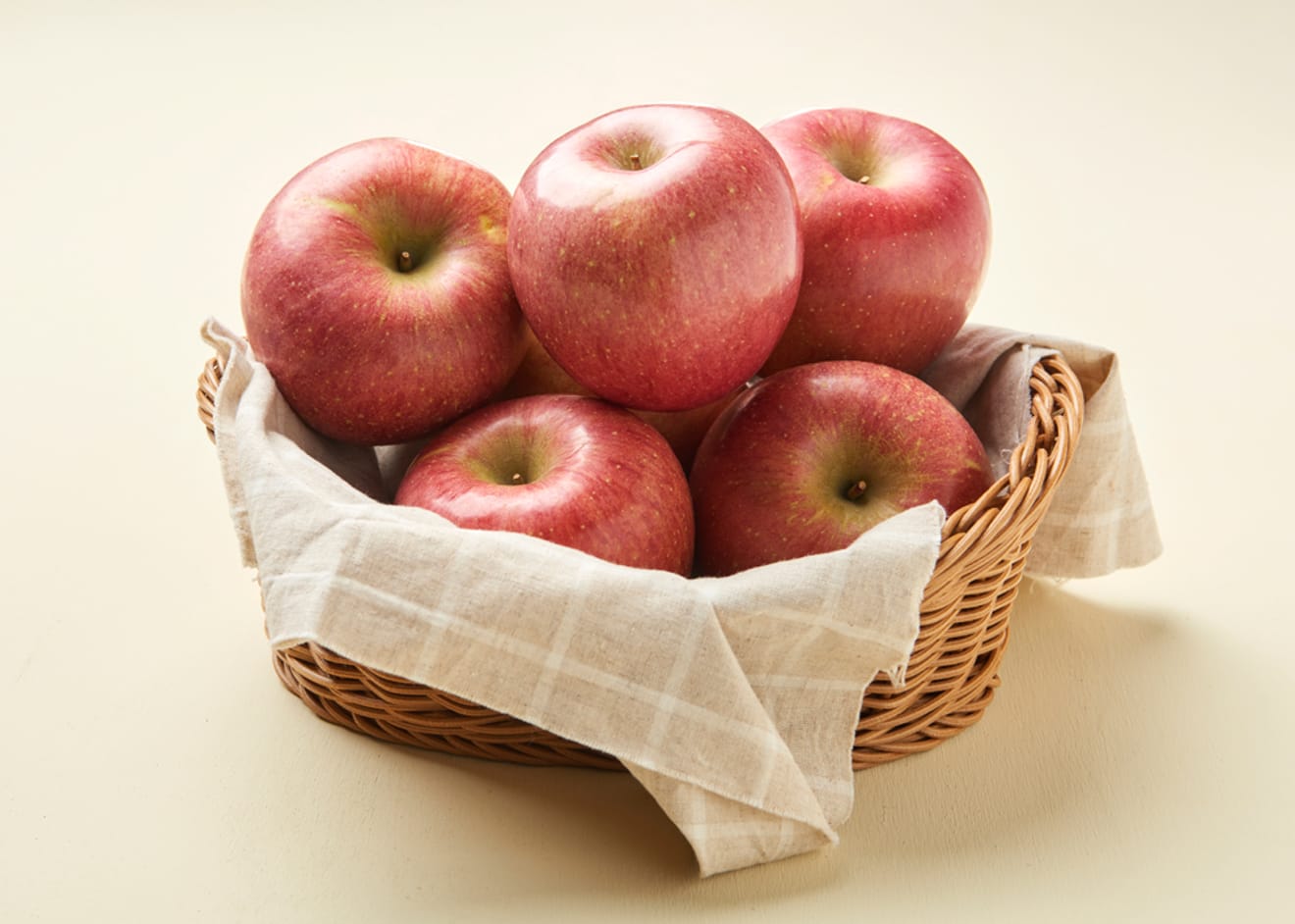
Cleaning Apple Peels
Personally, my doctor advised me to eat apples with the peel on in the morning to improve my gut health.
Apples are easily cleaned by rinsing them in water or wiping them with a cloth.
However, pesticides may remain in the indented part near the stem, so it's best to cut this part off before eating.
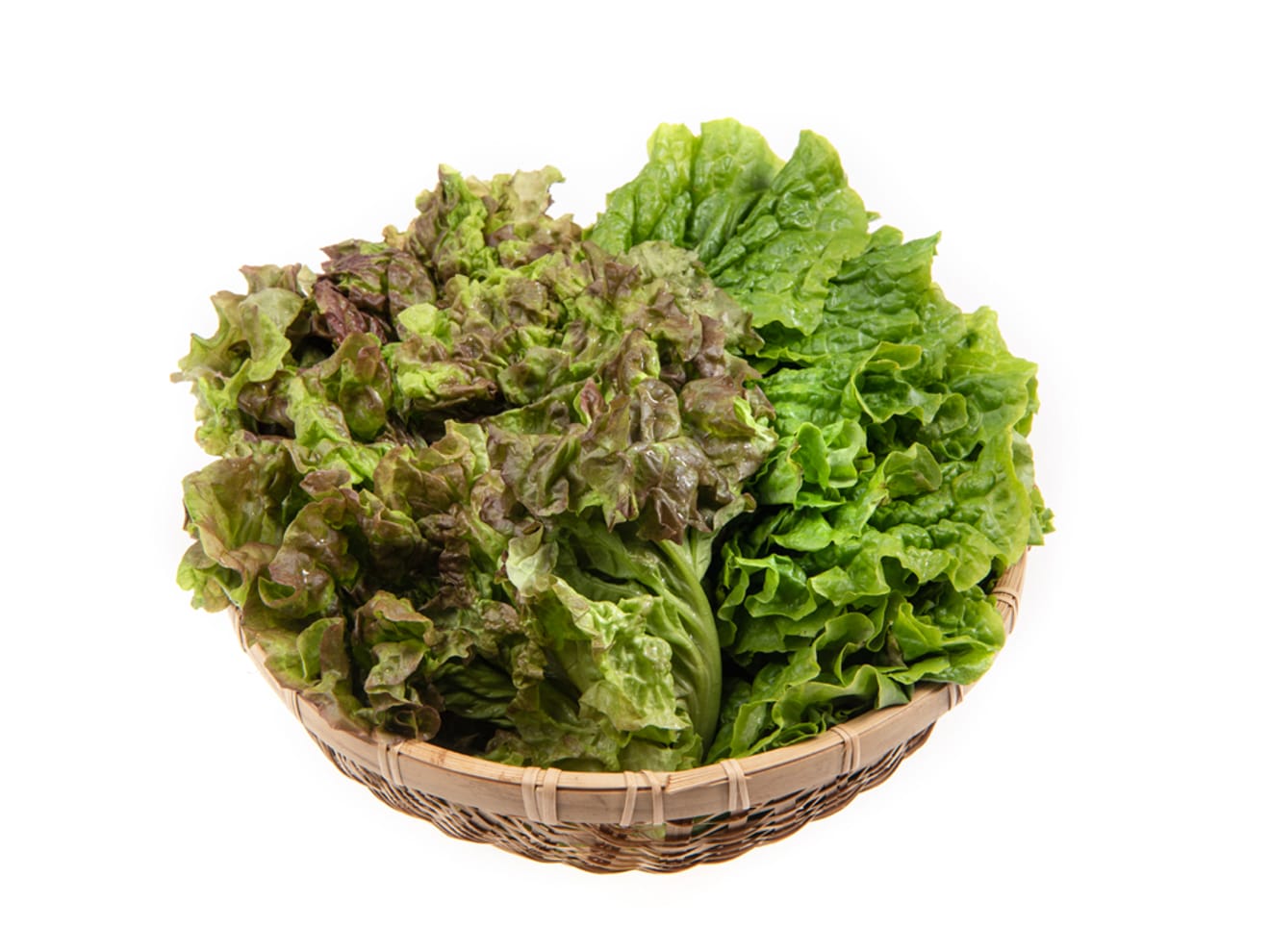
Washing Perilla Leaves and Lettuce
Perilla leaves and lettuce have many fine hairs and wrinkles, making it easy for pesticides to remain.
Soak in water for 5 minutes, then rinse under running water for about 30 seconds.
Especially for perilla leaves, it is important to wash each leaf individually.
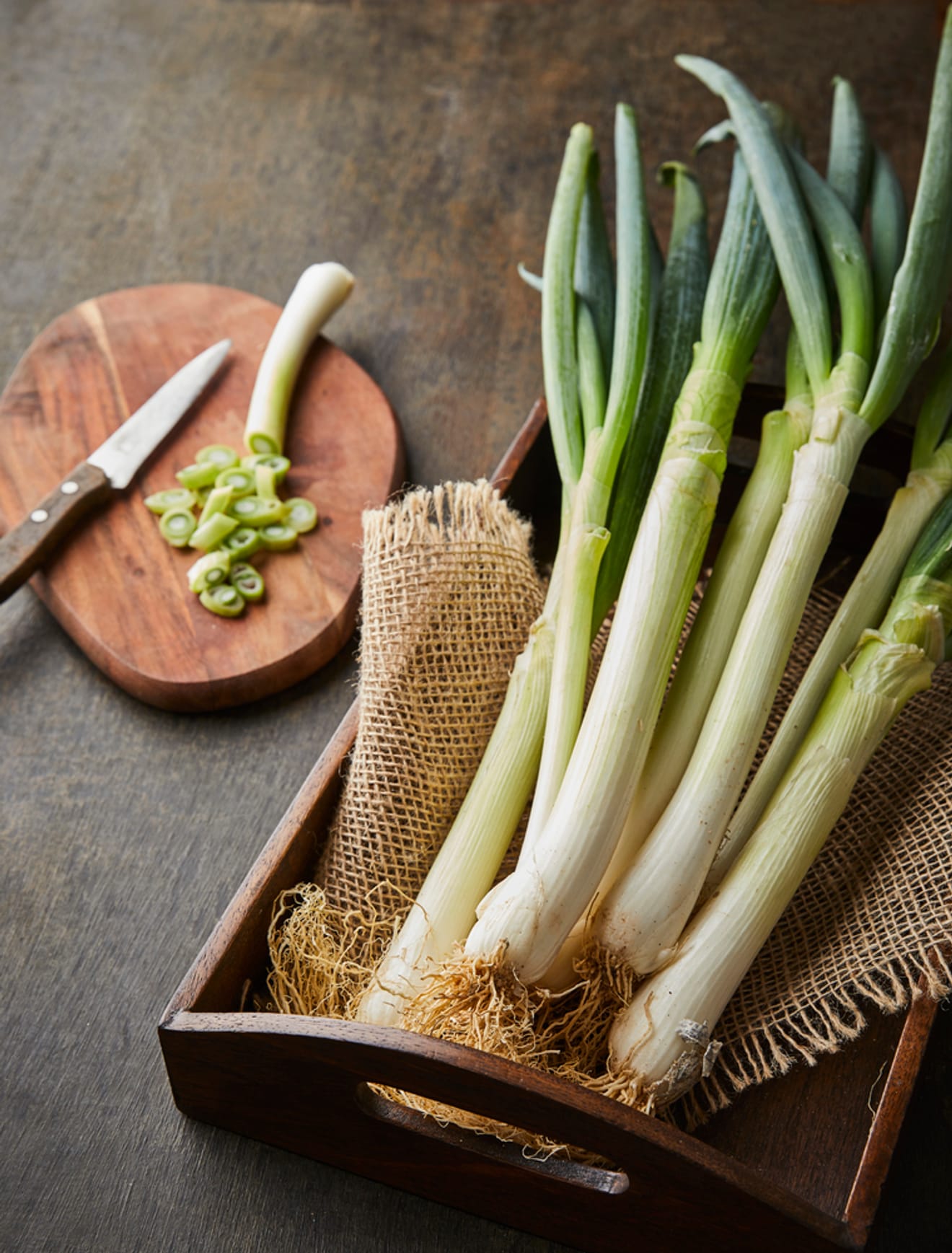
Removing Pesticide Residue from Green Onions
Many people cut off the bottom part of the green onion (the root) and wash it, but pesticides mainly remain on the leaves.
Remove wilted leaves and outer leaves, then rinse thoroughly with water.
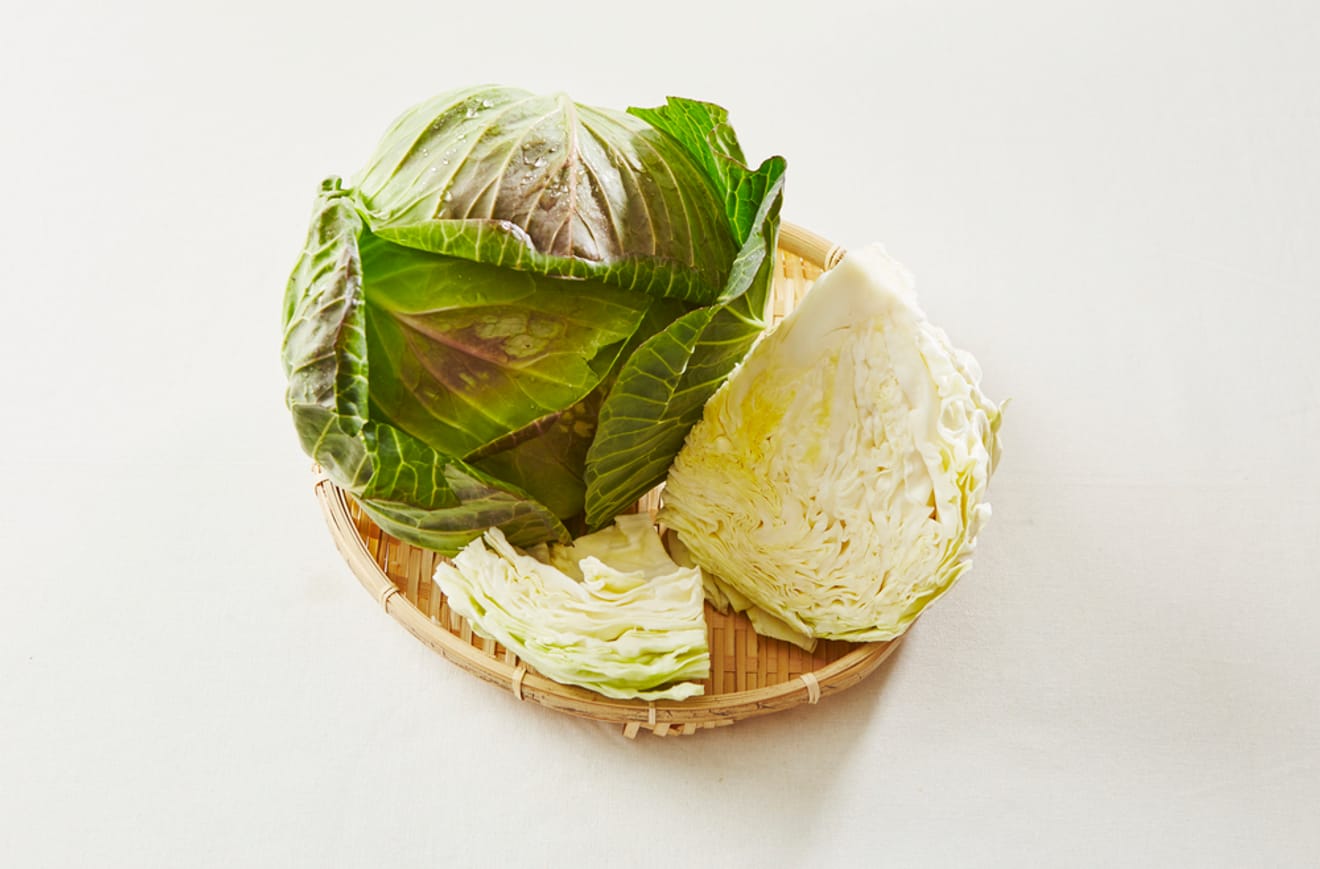
Chinese Cabbage and Cabbage
Pesticides may remain on the outer leaves, so remove 2-3 outer leaves from Chinese cabbage and cabbage
and rinse under running water before eating.
The inside of the cabbage is surprisingly clean, so you don't need to wash it excessively.
Cucumber
Wash the cucumber surface with a kitchen sponge, and then rub it with coarse salt.
Then rinse again with running water for effective pesticide removal.
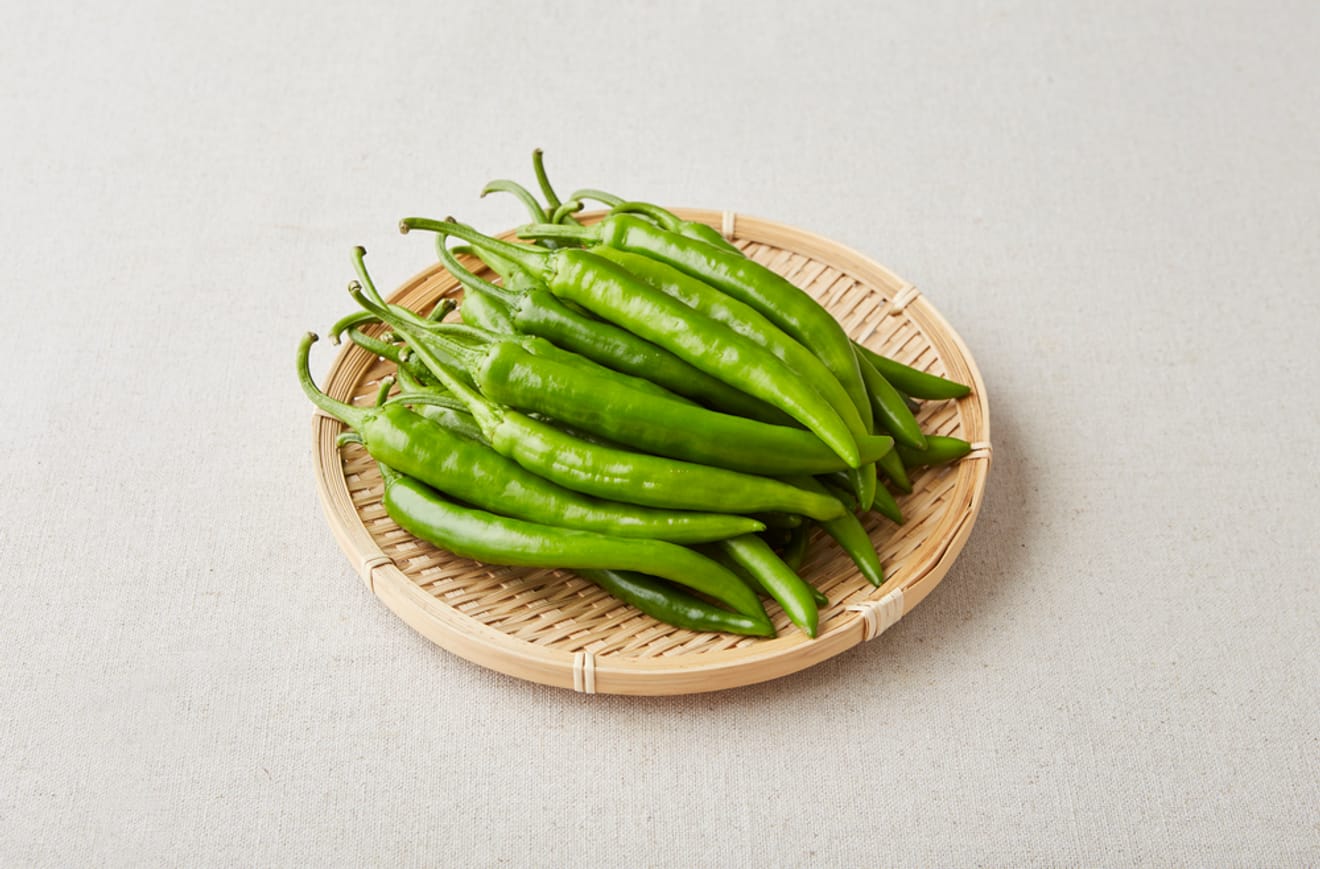
Chili Peppers
Pesticide residue is more likely to be found on the stem of chili peppers than the ends.
Soak briefly in water, then rinse with running water.
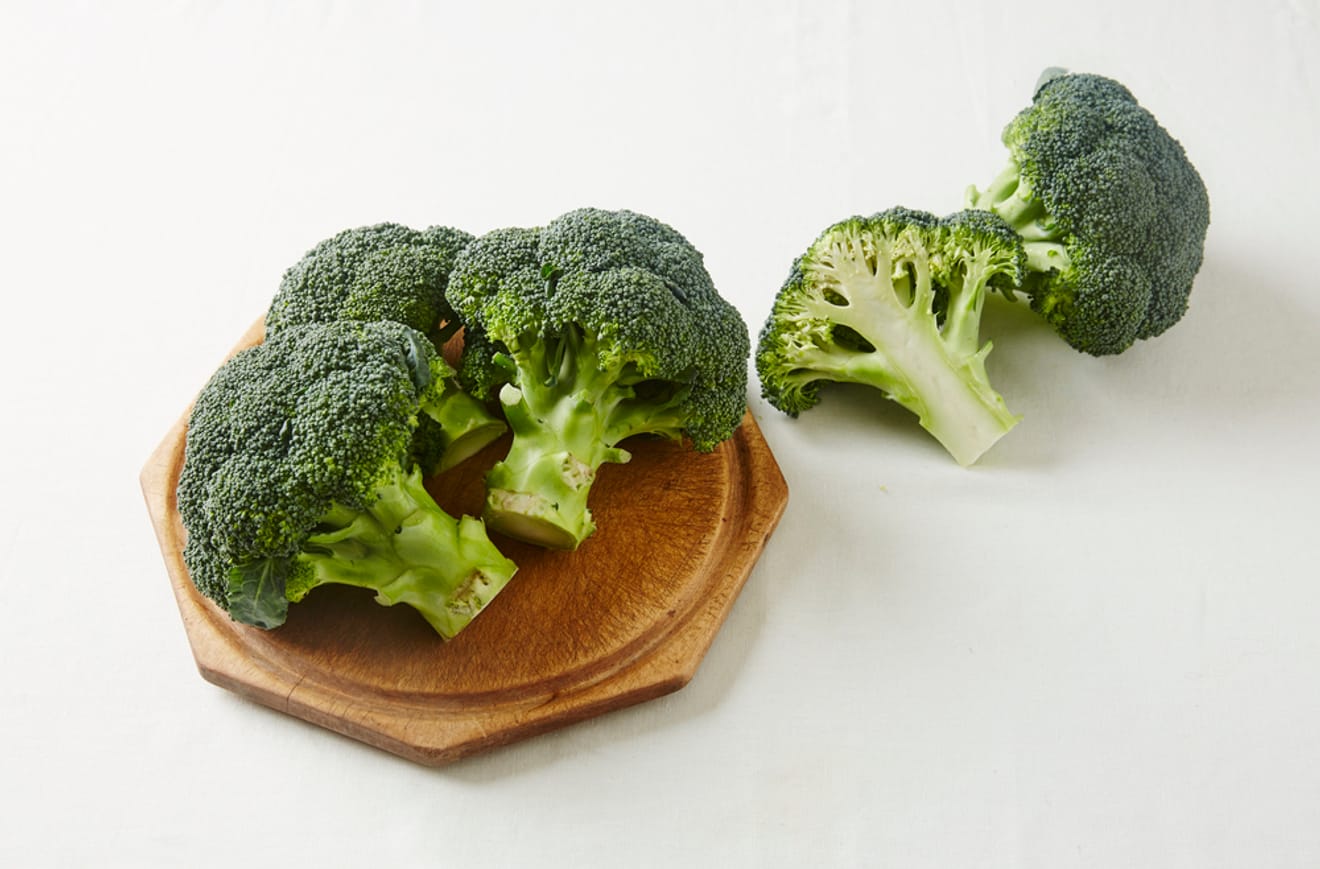
Thorough Washing Method for Broccoli
Broccoli's florets are dense, making it difficult to wash.
Submerge broccoli upside down in a large bowl of water for 10-20 minutes to remove pesticide residue and impurities.
Then, change the water and shake it several times to remove any remaining residue for extra safety.
Washing with Baking Soda
There's a paper published in 2017 by the University of Massachusetts.
Published in the Journal of Agricultural and Food Chemistry under the title "Effectiveness of Commercial and Homemade Washing Agents in Removing Pesticide Residues on and in Apples".
This paper studies the effectiveness of home and commercial cleaning agents in removing pesticide residue from fruits.
To summarize the paper,
Washing with a 10mg/ml baking soda solution for 8 to 12 minutes almost completely removes pesticide residue.
If you're concerned about pesticide residue, soaking vegetables in a 10mg/ml baking soda solution for 8-12 minutes and then rinsing will remove almost all of the pesticide.
The Most Versatile Washing Method: Soaking in Water
There are many methods, such as using baking soda, diluted bleach, fruit-specific detergents, or vinegar.
However, based on various experimental results, the most versatile method is simply soaking in tap water and then rinsing.
The differences aren't that significant.
I was recently considering buying a fruit-specific detergent, but...
I've changed my mind and will just soak and rinse in water.
When you can't remember the washing method, just soak in water and rinse!!

Comments0